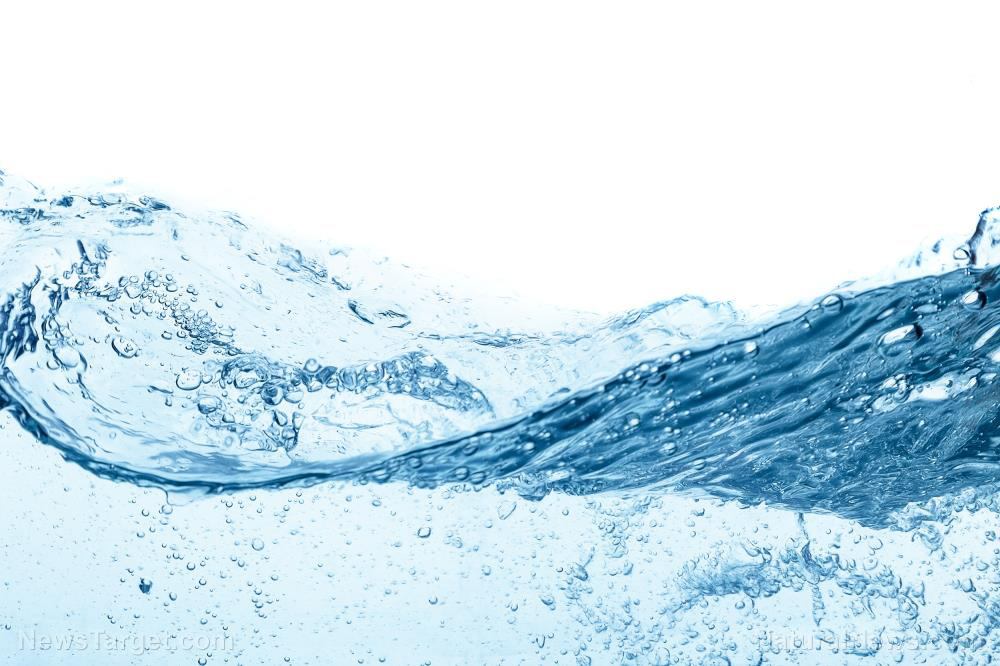
Advertisement
As it turns out, the addition of cheap, plastic lenses can effectively boost the efficiency of solar-powered water desalination systems.
This is according to researchers from Rice University’s Laboratory for Nanophotonics (LANP), who found that by concentrating sunlight into “hotspots” using lenses, they could boost the efficiency of solar-powered membrane distillation desalination systems by more than 50 percent.
“The typical way to boost performance in solar-driven systems is to add solar concentrators and bring in more light,” Pratiksha Dongare, a graduate student in applied physics at Rice’s Brown School of Engineering and co-lead author of the paper, said.
As detailed in their study, which was published in Proceedings of the National Academy of Sciences, conventional membrane distillation involves flowing hot, salty water across one side of a sheetlike membrane while cool, filtered water flows across the other. This temperature difference between the two creates a difference in vapor pressure, which then drives water vapor from the heated side through the membrane toward the cooler, lower-pressure side.
According to the researchers, scaling up conventional membrane distillation technology is difficult because the temperature difference across the membrane is inversely proportional to the size of the membrane being used.
Rice’s “nanophotonics-enabled solar membrane distillation” or NESMD technology, however, addresses this by using light-absorbing nanoparticles to turn the membrane itself into a solar-driven heating element.
“The big difference here is that we’re using the same amount of light. We’ve shown it’s possible to inexpensively redistribute that power and dramatically increase the rate of purified water production,” Dongare explained.
In order to test their theory, which involves exploiting an inherent and previously unrecognized nonlinear relationship between incident light intensity and vapor pressure, the research team first coated the top layer of their membranes with low-cost, commercially available nanoparticles that are designed to convert more than 80 percent of sunlight energy into heat.
The concept and particles used in the NESMD were first demonstrated in 2012 by LANP director Naomi Halas and research scientist Oara Neumann, who are both co-authors on the new study.
Study co-lead author Alessandro Alabastri, a physicist and Research Assistant Professor at Rice’s Department of Electrical and Computer Engineering, used a simple mathematical example to describe the difference between a linear and nonlinear relationship.
“If you take any two numbers that equal 10 — seven and three, five and five, six and four — you will always get 10 if you add them together. But if the process is nonlinear, you might square them or even cube them before adding. So if we have nine and one, that would be nine squared, or 81, plus one squared, which equals 82. That is far better than 10, which is the best you can do with a linear relationship” Alabastri said.
In the case of NESMD, the nonlinear improvement comes from concentrating sunlight into tiny spots, not unlike what a child might do with a magnifying glass on a sunny day.
Concentrating the light on a tiny spot on the membrane results in a linear increase in heat, which in turn, produces a nonlinear increase in vapor pressure. The increased pressure forces more purified steam through the membrane in a shorter amount of time.
“We showed that it’s always better to have more photons in a smaller area than to have a homogeneous distribution of photons across the entire membrane,” Alabastri said.
Halas, a chemist and engineer with 25 years of pioneering experience in the use of light-activated nanomaterials, said that this development may prove helpful for locations that still experience water scarcity. (Related: Water is life: 10 Ways to purify water when SHTF.)
“The efficiencies provided by this nonlinear optical process are important because water scarcity is a daily reality for about half of the world’s people, and efficient solar distillation could change that,” Halas said, adding that their study’s findings can have applications beyond water purification, such as the improvement of technologies that use solar heating to drive chemical processes like photocatalysis.
Sources include:
Advertisement
Advertisements
















